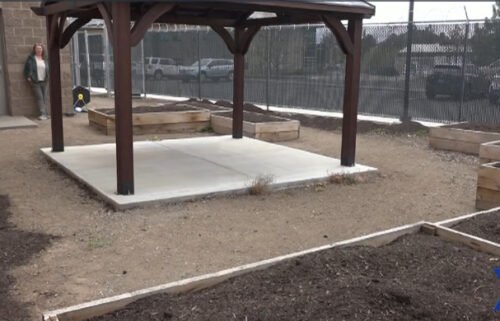Severe drought, now in its fourth year, is increasing production costs for C.O. farmers and ranchers
(Update: Adding video, comments from farmers and specialists)
MADRAS, Ore. (KTVZ) -- Oregon's $5 billion agriculture industry has been impacted heavily by drought conditions in recent years. With the wetter winter Central Oregon recently had, you might think that farmers and ranchers are benefitting. But according to drought.gov, almost 45% of Deschutes County is still experiencing severe drought.
JoHanna Symons is a farmer and rancher in Madras. Her ranch provides up to 5,000 calves to the upcoming Cascades Futurity event.
"People are selling, killing their animals, getting rid of their animals, unfortunately, some of them are euthanizing their animals." she said Monday.
Symons says she's had to reduce her herd sizes substantially due to the continued drought.
"We have grazing allotments and -- one pasture, for instance, that used to run like 200 mother cows and calves for a month. It now will only sustain them for like two weeks, or sometimes a week." she said.
Scott Duggan, an assistant professor with the OSU-Extension Service livestock field faculty, says ranchers in Jefferson and Crook counties are experiencing the worst of the drought.
"In some cases, 50 to 75% of your income is taken away, with the costs of doing business remaining the same." he said.
Duggan says the number of cattle is the lowest it's been since 1962.
"The cost of hay and the drought has meant a lot of cattle have gone to slaughter that normally would be in the production cycle, and therefore the shortages of beef are there now," Duggan said.
Inflation and the war in Ukraine also have contributed significantly to farmers' struggle.
The lack of water has made it harder for alfalfa farmers to grow their crop and feed their livestock, meaning they must travel to other parts of the state for hay. And with the increase in gas prices, it's more expensive just to run farm machinery.
Just last year, Jefferson County farmers were restricted on water use to a record low from past years.
Farmers and ranchers like Symons have to go out of state to get hay for their livestock. That increase in cost is tacked on to consumer prices. With inflation already increasing prices, it's no wonder there's a shortage.




